
South America is world-renowned for its wealth of avian life, and there are many lodges to visit to feast your eyes on those feathers. Today we take you to two spots that are bursting at the seams with the most beautiful and varied birds on our planet.
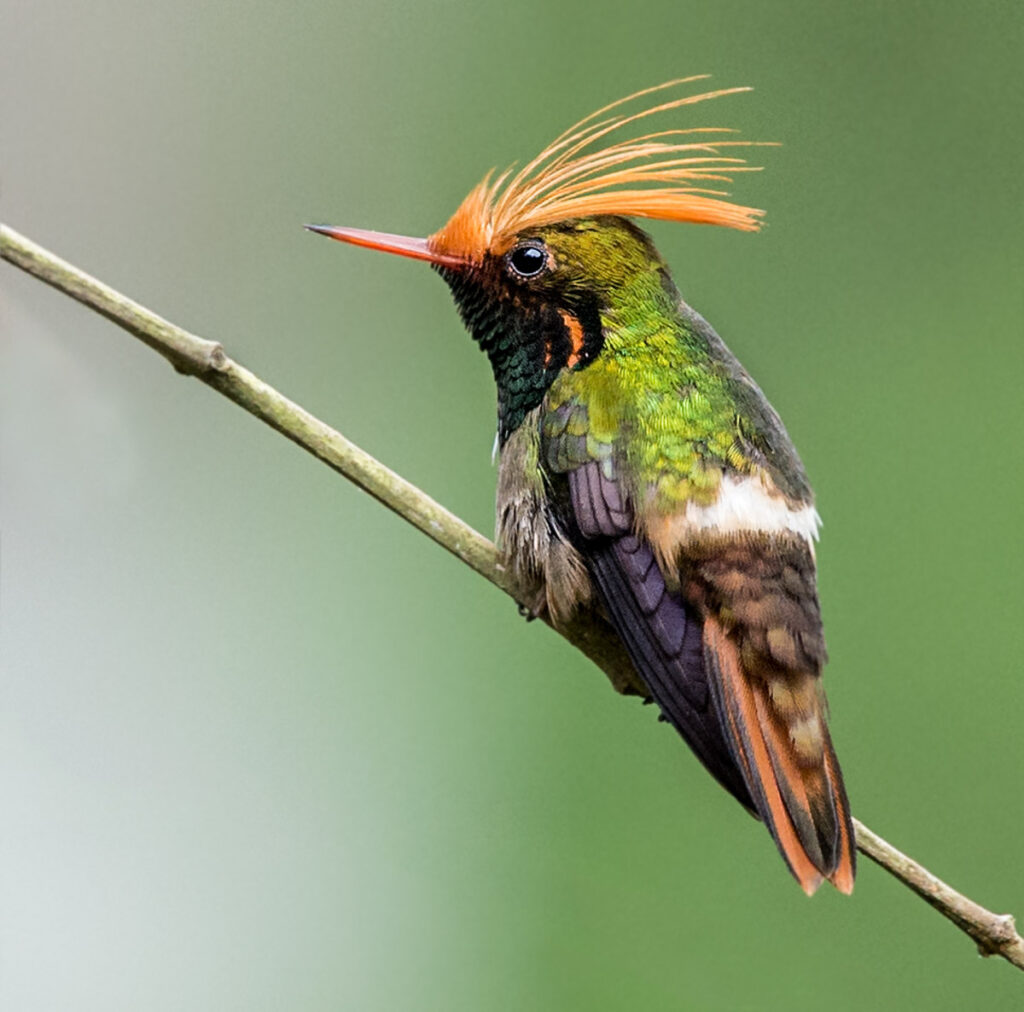
The transcontinental country of Panama is home to the Canopy Family, a grouping of three locations for birdwatching opportunities overseen by the owner Raul Aria de Para. The decommissioned military radar structure is now the Canopy Tower with immense views 50m above the forest floor serving all your birdwatching needs; the Canopy Camp in the Darien Gap, a National Park that offers some of the best birdlife diversity on the continent; and lastly, the Canopy Lodge, resting in the wide caldera of an ancient volcano, providing immediate access to the birds straight from the balcony of your room.
Most people associate Panama with that beguilingly-faced predator, the Harpy eagle – it is the country’s national bird and the largest, most powerful eagle in the Americas, but there is so much more to see. Tanagers are everywhere: the self-explanatory black and yellow, the somewhat less-inspiringly named plain-colored, the bay-headed, the lemon-rumped, the tooth-billed. Owen has 123 photos here from his numerous visits to the sites.
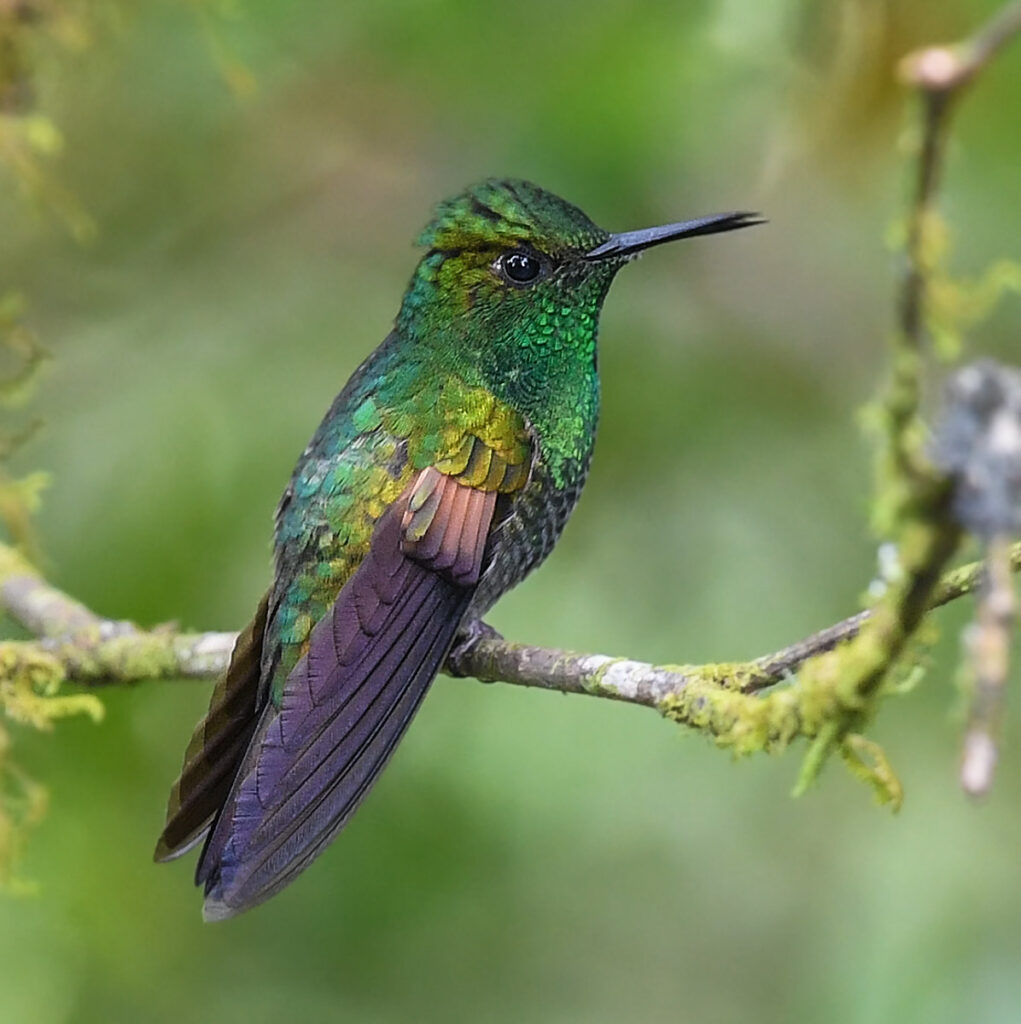
There are 57 different species of hummingbirds to be found here, among them the scaly-breasted, the snowy-bellied, the stripe-tailed; or the evocatively named violet-crowned woodnymph. One of the most startling is the rufous-crested Coquette, a tiny specimen whose crest of bright orange spiky feathers gives this hummer its name.
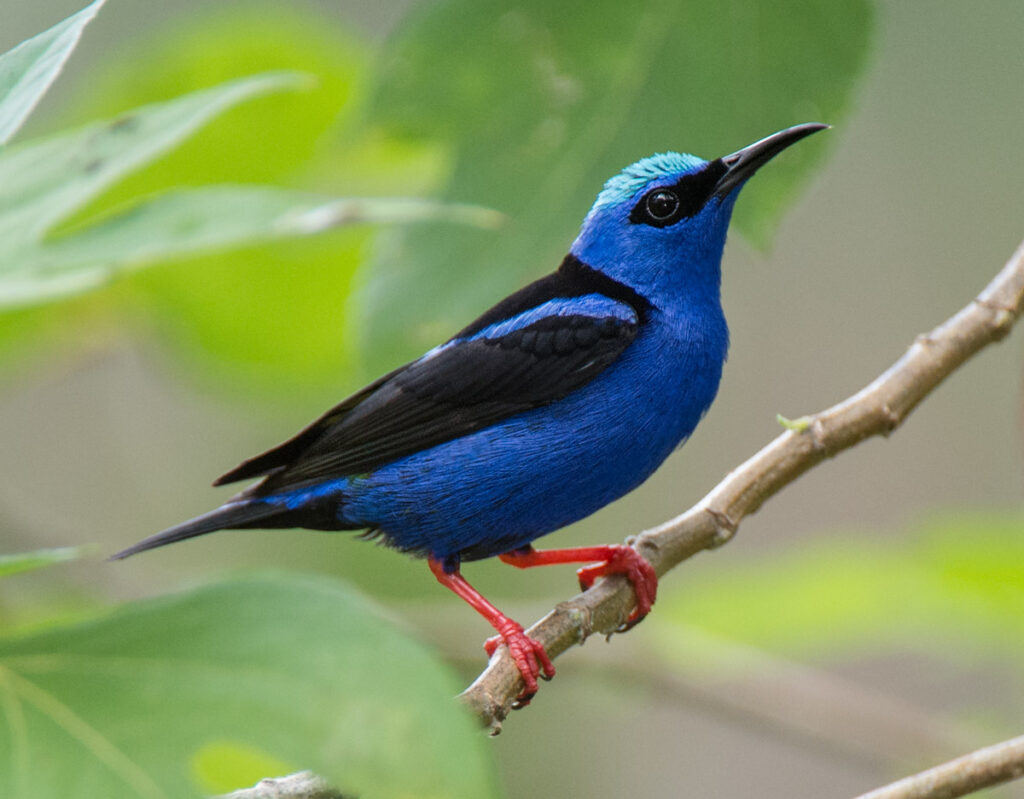
There are shining and red-legged honeycreepers here, too, also from the tanager family. Their strong decurved bills and eye-catching deep blue and black plumage makes them tricky to differentiate, unless you look at their legs. If you’re keen-eyed enough you may also spot black-throated trogons, also known as yellow-bellied trogons, sometimes seen darting through the shadowy understory. These birds are a fantastic blend of bright and dark: the intricate vermiculated pattern of their black and white wings fuses into a shade of gray at any distance, but their shimmering blue-green heads, bibs and backs surrounding that golden yellow belly make this bird a joy to spot, which can be hard, as they prefer to perch motionless and upright, seldom flying far. Look out for that distinctive barred black and white tail, but also listen for a series of low whistling notes. At the end of a fantastic day’s birding, the far-carrying hypnotic rrip rrip rrip of the blue-throated toucanet will lull you to sleep as the crickets and other insects whirr through the evening.
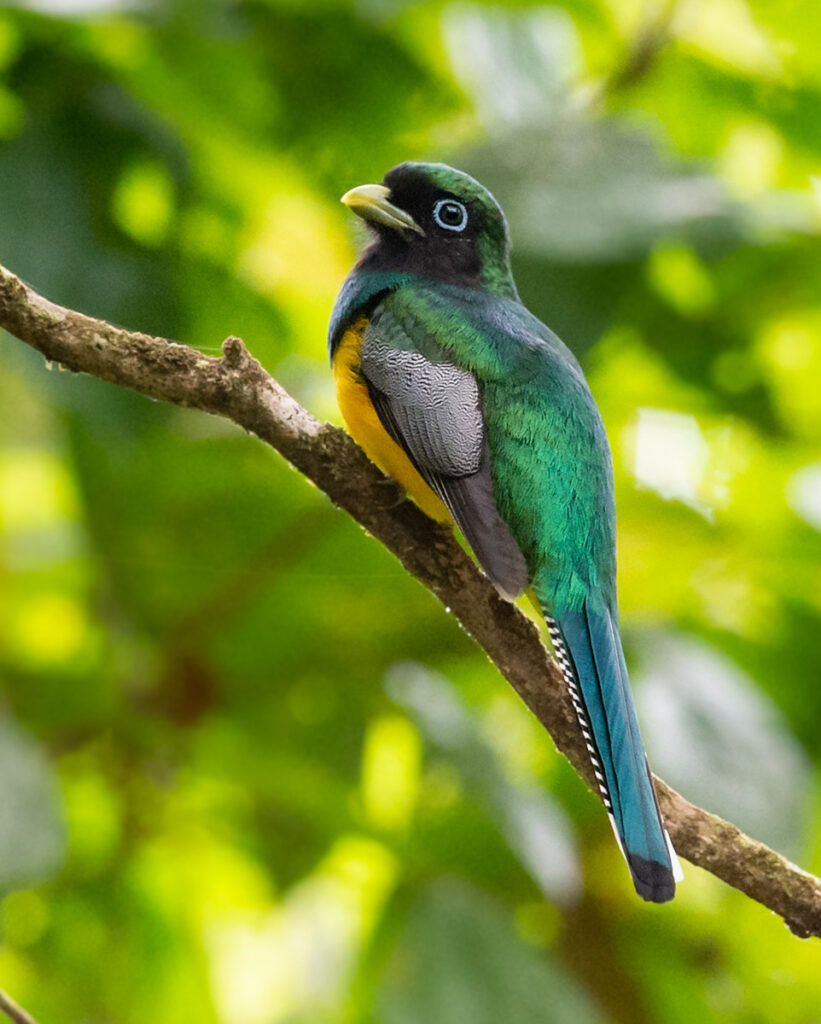
Heading 3,000 miles southeast from Central America’s isthmus to where this huge continent narrows again after the sub-equatorial bulge, we find the Pantanal: a vast basin-like region. Between 54,000 and 75,000 square miles, it is home to the world’s largest tropical wetland and gives rise to one of the most biologically diverse places on Earth. The birdlife here is phenomenal, with around 463 species. Owen stayed at the Fazenda Rio Negro lodge in 2004; although sadly the lodge no longer operates, there are still ample accommodation opportunities in the area.
Not surprisingly, the Pantanal region is home to a vast number of water birds, among them, two similar members of the Alcedinidae family, the kingfishers.
The Amazon kingfisher and the ringed kingfisher share an almost identical set of plumage colors, with greens, blues and grays comprising the dominant head, back and wing plumage, but there are notable differences to help discern between the two.
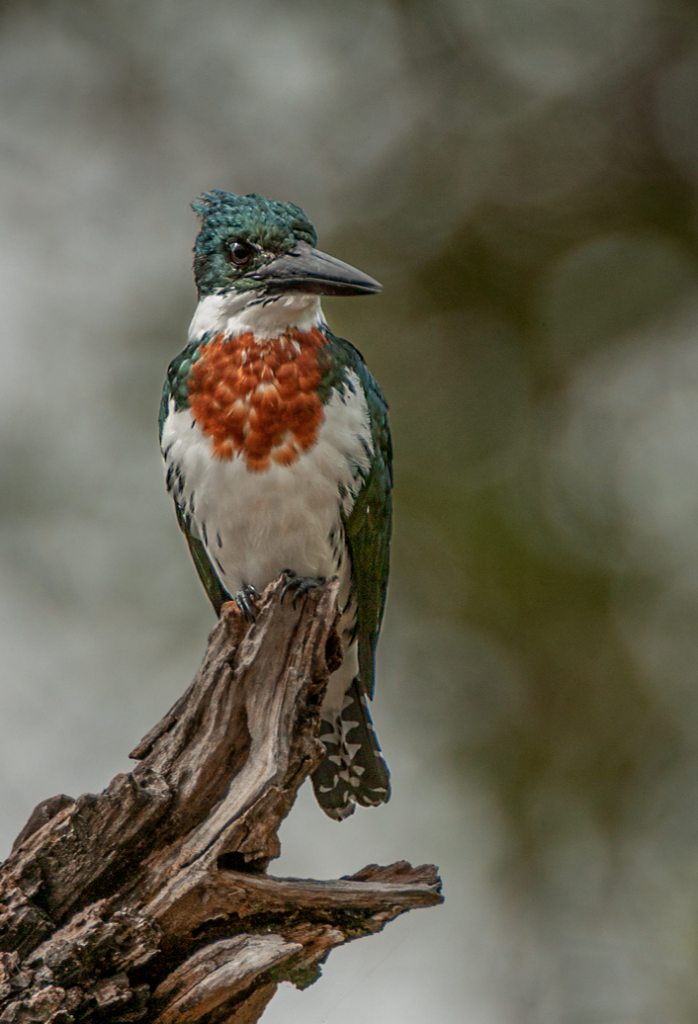
Ringed kingfishers are the largest kingfisher in the Americas, much larger than Amazon kingfishers by around 10cm or 6 inches. Both sport a pure-white collar, giving ringed kingfishers their name, but here the most obvious difference appears: the ringed species displays a blue-gray bib to match their head and wings, followed by a beautiful orange belly and underparts, but the Amazons only have a brief chest bib of orange, with the white plumage returning on the belly and underneath the tail. Both species can be found hunting along slow and fast-moving rivers, and one way to tell them apart is their hunting style – ringed can perch for hours before making their dive, whereas the Amazon species will sometimes hover above the water, and not perch for very long. Both species’ numbers are doing well, classed as Least Concern by the IUCN, but as with all species, habitat loss and pollution is a constant pressure.
We hope you have enjoyed just a brief taste of all the wonders just two locations in the New World have to offer for all bird lovers and don’t forget to browse through the site using any of the search filters to see many more stunning birds of the world.


